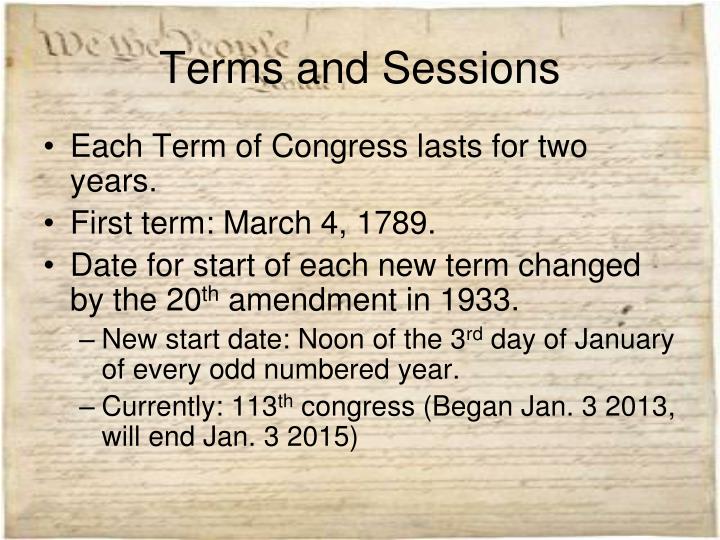
Sustainable and flexible execution of the strategy promotes the likelihood that government will deliver on its promises, improving citizens’ confidence and promoting their trust.Įxhibit 1 illustrates one highly effective approach to strategic planning: the W-shaped model. When done well, strategic planning and execution can effectively account for and manage the numerous variables that affect their plans and programs and make the important connections within and among stakeholders, allowing them to work in concert toward critical goals. Through this process, organizations reconcile their responsibilities with their resources and set strategic priorities. It is through strategic planning and execution that both private- and public-sector organizations develop and implement strategies, whether for corporate growth or for achieving a federal mandate. Government’s Strategic-Planning Imperative When they achieve this, government leaders find that they are fighting the right battles and delivering lasting value for their citizens.


It is about building a system that allows agency and department heads to determine priorities, put adequate resources behind those priorities, and then hold people accountable for results. Remaking the strategic-planning process is not about creating the optimal meeting schedule, metrics, or mission statements. In the public sector, such challenges are compounded by the frequent changes in leadership that are tied to election cycles, entrenched hierarchies and regulations, and a culture of risk avoidance.ĭrawing on 31 interviews with current and former public-sector leaders around the globe, we have identified four steps that governments can take to eliminate these obstacles: promote a strategic culture, leverage the organization’s purpose to catalyze action, transform the operating model, and build a system for execution and learning. These hurdles include a planning system that is too focused on bureaucratic processes at the expense of outcomes. On the basis of its more than 50 years of working as a leader in strategy, BCG has developed deep insight into the barriers that confront the private sector and an understanding of how they also challenge the public sector. The key to upping government’s game on this front is to understand what prevents effective strategic planning and execution and then to attack those challenges head on. The result: government leaders struggle to change their organization’s behavior and to drive progress toward the most important policy outcomes. Despite these imperatives, public-sector agencies commonly fail to value strategy, and they rarely excel at strategic planning and execution. Governments must make the best use of limited resources and mitigate the risks of economic and political turbulence. Smart planning and sustained execution are needed to anticipate and navigate the increasing complexity and challenges facing government leaders around the world. Our final question: How many of you think that your agency can-and must-do better in this area? To that, everyone raised a hand. We then asked, Who among you believes that your agency’s strategic-planning process has had a real impact on your work? Again, just a few.

To kick off the discussion, we asked for a show of hands: Who among you knows exactly what your agency’s priorities are? A few raised their hands. How do governments fare when it comes to strategic planning and execution? Consider a recent session BCG conducted with a group of government leaders. Technology, Media, and Telecommunications.During the 78th Session (2023-2024), North Macedonia will occupy the first seat in the Hall, including in the Main Committees (followed by all the other countries, in English alphabetical order). Sitting arrangements in the General Assembly Hall change for each session. It discusses specific issues through dedicated agenda items or sub-items, which lead to the adoption of resolutions.

The Assembly meets in regular sessions from September to December each year, and thereafter as required.
Session definition in government full#
Comprising all Member States, it provides a unique forum for multilateral discussion of the full spectrum of international issues covered by the Charter of the United Nations. The UN General Assembly (UNGA) is the main policy-making organ of the Organization.


 0 kommentar(er)
0 kommentar(er)
